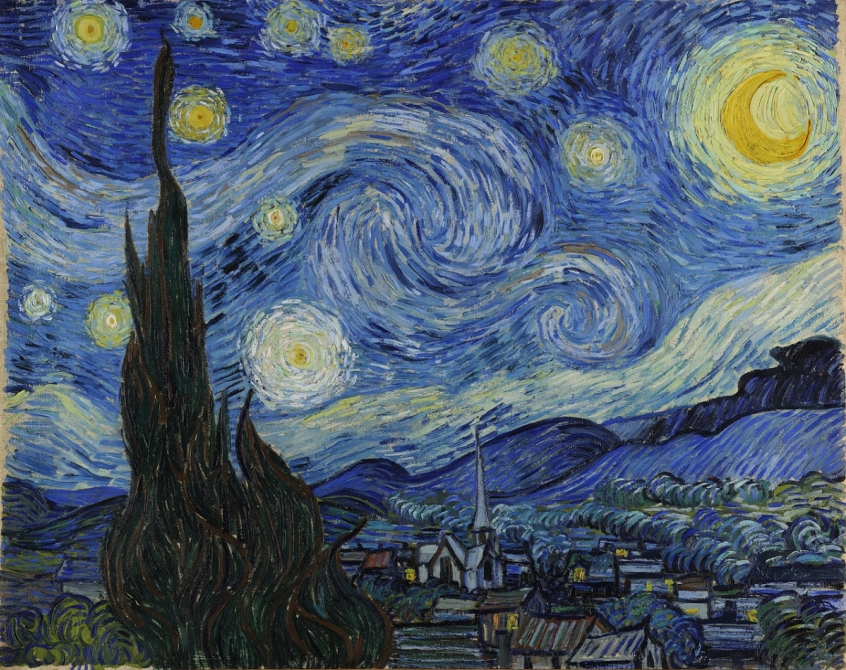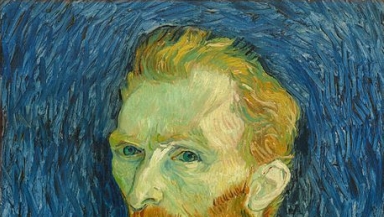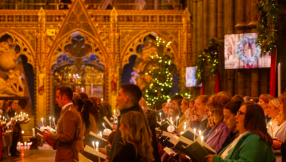
Today is the birthday of the legendary artist Vincent Van Gogh. The artist is beloved for his unique, rich and vibrant style – and remembered as a misunderstood genius whose life ended in tragedy. What many may miss is that behind his masterful art and complex life was a committed Christian faith.
Vincent's father was a Dutch Reformed minister and as he grew up in the Netherlands he developed a fervent faith, and a passion for ministry. He wanted to study theology, but failing the seminary entrance exam, he instead became a missionary to coal miners in Belgium.
To the impoverished community there Vincent embodied a life of radical self-sacrifice and servanthood, selling everything he had and tending to the needs of the afflicted.
'Vincent was a very generous man. He understood that unconditional love of God extended to unconditional love for others. He would never recognise love that was not an action,' said William Havlicek, author of Van Gogh's Untold Journey.
Despite his commitment to Christ-like sacrifice, Vincent was fired for being overzealous, for his ineloquent speech and for his scruffy appearance. Returning home, Vincent suffered a nervous breakdown, and his struggle with mental health and depression would pervade throughout his life.

Nonetheless, he resolved to serve God instead through artistic expression, and he mastered his own take on the Post-Impressionst style. He wrote: '...to try to understand the real significance of what the great artists, the serious masters, tell us in their masterpieces, that leads to God. One man wrote or told it in a book, another in a picture.'
Many of Vincent's most famous works, such as The Starry Night and Sunflowers, point to the evocative beauty of creation. He also painted many more explicitly Christian works, based on Bible stories. Paintings like The Good Samaritan, The Raising of Lazarus, The Sower and The Sheaf Binder centre on the person of Christ.
Some debate whether Vincent held on to his faith throughout the whole struggle of his life. But though he faced severe depression and ill health, he still maintained a capacity for wonder that lives on in his art. He once wrote: 'For my part I know nothing with any certainty, but the sight of the stars makes me dream.'
Vincent died from being shot in the chest 1890, in what many believe to be suicide, though some doubt it. Nonetheless, it was a tragic end for a young man who faced deep mental struggle, and was frequently misunderstood.
On another occasion, Vincent wrote to a friend: 'Christ alone, of all the philosophers, magicians, etc., has affirmed eternal life as the most important certainty, the infinity of time, the futility of death, the necessity and purpose of serenity and devotion. He lived serenely, as an artist greater than all other artists, scorning marble and clay and paint, working in the living flesh.
'In other words, this peerless artist, scarcely conceivable with the blunt instrument of our modern, nervous and obtuse brains, made neither statues nor paintings nor books. He maintained in no uncertain terms that he made ... living men, immortals.'
The 'immortality' of human popularity was not what Vincent meant, but though unrecognised in his lifetime, in time the whole world would come to know his name. The forthcoming film Loving Vincent will tell Vincent's story in the world's first fully painted animated feature film – every one of its 65,000 frames is a handcrafted oil painting in van Gogh's style.
His life leaves a legacy of personal faith, deep sacrifice, and a profound artistic expression. He reminds one that Christians should not expect to be strangers to even the deepest, most painful kinds of struggle. They too though, like Vincent, can in the midst of their pain – point beyond.
You can follow @JosephHartropp on Twitter













